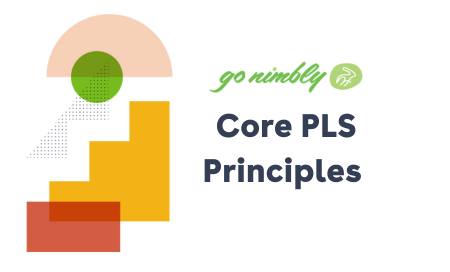It’s a product-led world, baby, and we’re just living in it. So today, I wanna talk about some of the principles we live by when we’re doing PLG work with our customers.
Before we get into it, just a reminder that the next cohort of our RevOps Accelerator course kicks off July 24–if you are interested, or know someone who might be, you can find more details and the application here.
Key Metrics
Revenue per employee (some great stuff from CJ Gustafson on his Substack)
Customer Acquisition Cost (CAC)
PQL to SQL Conversion Rate
Customer Lifetime Value (LTV)
Expansion Revenue
Net Revenue Retention
When it comes to product-led growth, these metrics tell the story of how your customers engage, how fast they find enough value to convert, how long they remain customers, and how much their account grows during that time.
If your CAC is high–particularly relative to average LTV–you may need to revisit your ICP or PQL definition.
If your PQL to SQL conversion rate is low, you might have a packaging/pricing issue or other friction that exists in the buying journey.
Just like in RevOps, you can identify issues with your go-to-market strategy by looking at them through the lens of customer behavior.
Definitions
Product Qualified Lead: A PQL is everything an MQL is, with a little bit of spice added. That spice is, of course, experience with your product and the value it brings. While both an MQL and a PQL require ICP fit and sales readiness, the PQL is much more likely to convert because they are already satisfied users of your product.
Product-Qualified Account: Whereas a product-qualified lead is just a single user, a product-qualified account is where the bigger revenue numbers come from. You want to target the types of leads that have the potential to expand into PQAs by becoming champions for your product and getting their organization or team to adopt it on a larger scale.
On the Power of Self-Service
I don’t know about you, but every week my browser is a graveyard of forgotten tabs. Some of them are articles that I meant to read but didn’t, but many of them are tools I planned to try out until I realized I had to schedule an hour-long demo just to see what they could do. When product companies do this, they are adding unnecessary friction to the buying process.
If you’re not going to let prospective buyers interact with your product without watching a demo first, at least make the demo self-serve. At least show me pricing so I know whether or not the product is even within my budget before giving away an hour of my day. There is a time and a place for human interaction in product-led sales, but it’s almost definitely not the first time someone clicks around your website.
On When to Add Human Interaction
So, when is the right time to bring in a human?
It depends.
On your PQL definition and what you’ve defined as your product’s milestone moments, mostly. What user behaviors signal to you that they’ve gotten value from your product? Once you determine these things, you’ll be able to provide the right insights at the right moments and enable your team to have the right conversations to convert PQLs to customers.
On Reducing Decision-Making for Buyers
We’ve all heard the saying that people run from pain faster than they run toward pleasure. In the context of marketing, this means you want your messaging to focus on how your product is going to alleviate a pain they’re experiencing. The same is true when we’re talking about sales, but in this case, the pain is actually all the decision-making that has to be done during a typical sales cycle.
This post by the CEO & Founder of Visor goes into lots of detail about how Visor minimizes decision-making for buyers.
Experimentation
There’s no such thing as ‘finished’ when it comes to implementing a product-led strategy. As your product evolves and you learn more about your users and their behaviors, things that make sense now might need to change. The best way to ensure your strategy can scale with you is by creating a culture of experimentation.
One of the hardest things about fostering this type of mindset is learning to fail better. If you experiment with a new way of doing something and it doesn’t work, that’s just another data point you have to work with. Putting emphasis on what you learned as a result of the experiment will help everyone be less afraid to try something that may not work out.
Some things that can and should change with experimentation:
Pricing and packaging strategy
PQL/PQA definitions
Positioning/messaging
Sales playbooks
As long as you’re truly focused on your users and basing your experiments on data, get comfortable testing new ideas and processes–it’s the only way to make sure your strategy scales with you.
As always, if you have questions, thoughts, or feedback, send me an email.
Until next month,
Kristi





